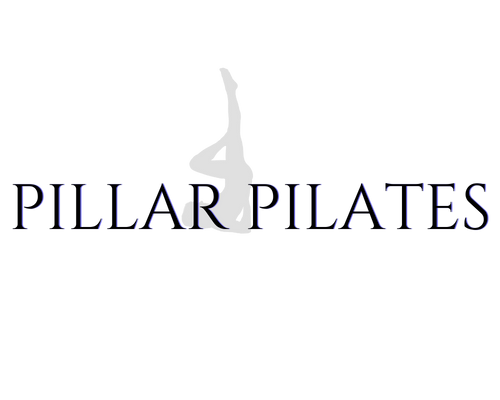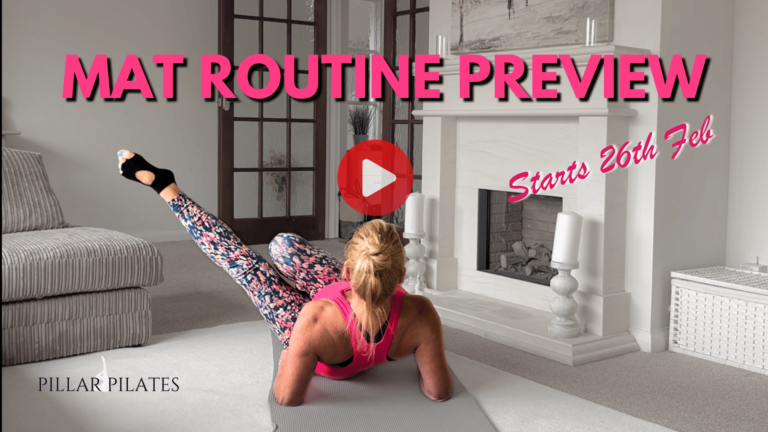The Swan Prep exercise is incredibly rewarding when performed correctly. As a gentler alternative to the more intense Swan Dive, it’s ideal for beginners – elegantly combining stretching with strengthening in a single fluid motion. To fully benefit from this exercise and prevent back and neck injuries, it’s imprtant to approach the Swan Prep with control and precision. In this short video, I demonstrate both the right and wrong way to perform the exercise, ensuring you get the most out of your practice.
Why should you consider adding the Swan Prep to your routine?
If you find yourself seated at a desk for long hours, you might notice your posture beginning to suffer. Therefore, this exercise is ideal for combating that rounded, slouched posture, which, if ignored, can lead to a host of issues. Poor posture can cause muscle imbalances, increased strain on the spine, and tension in the neck and shoulders. Additionally, these imbalances contribute to discomfort and pain, and can even impair respiratory function and circulation, ultimately leading to decreased energy levels and increased fatigue. Regularly practicing the Swan Prep can help correct these imbalances by activating those often neglected back muscles, thus enhancing both your physical health and overall well-being. Moreover, it’s also excellent for stretching out tight abdominals after an intense ab session.
Be sure to execute this exercise with slow, controlled movements, which is why I included this in our Slow and Steady Wins The Race’ category.
Swan Prep Teaching Points:
- Brush your nose forward and keep your elbows in close to the body.
- Focus on extending through your spine and engaging your back muscles actively.
- Avoid over squeezing your glutes on the lift.
- Open through the chest as you lift.
- Avoid over-extending through your neck.
This slow pace allows for better spinal mobility and strengthening of the posterior chain – improving posture and helping to alleviate tension. Fast movements may lead to over extension and crush the vertebrae in your neck, also causing strain in the lower back.
Slow and steady wins the race!



